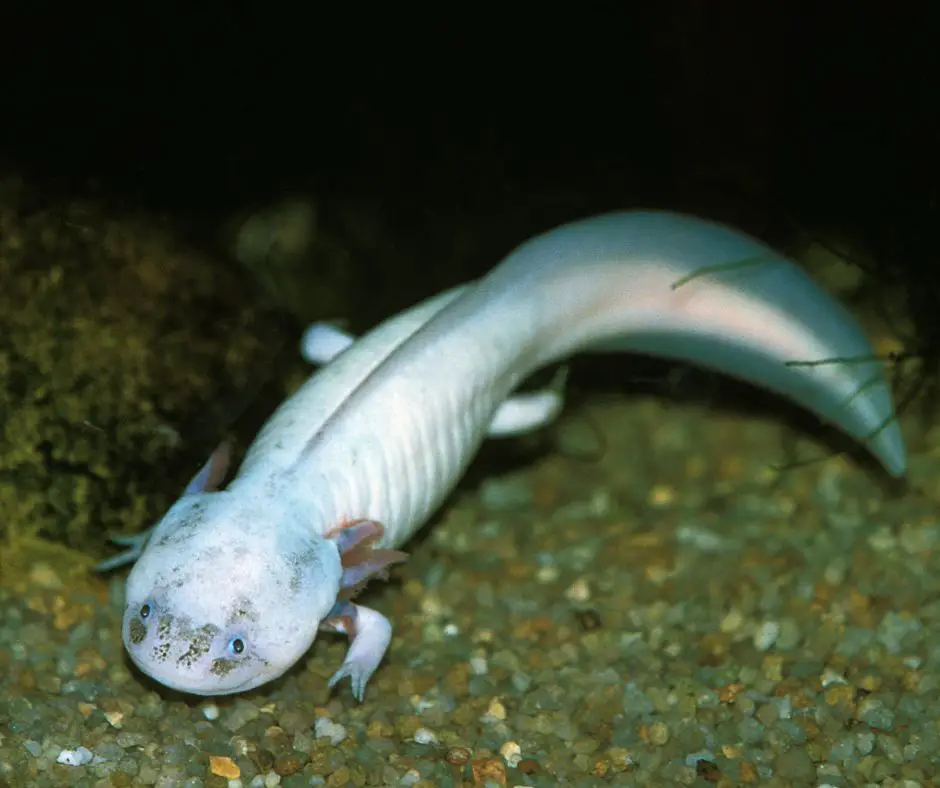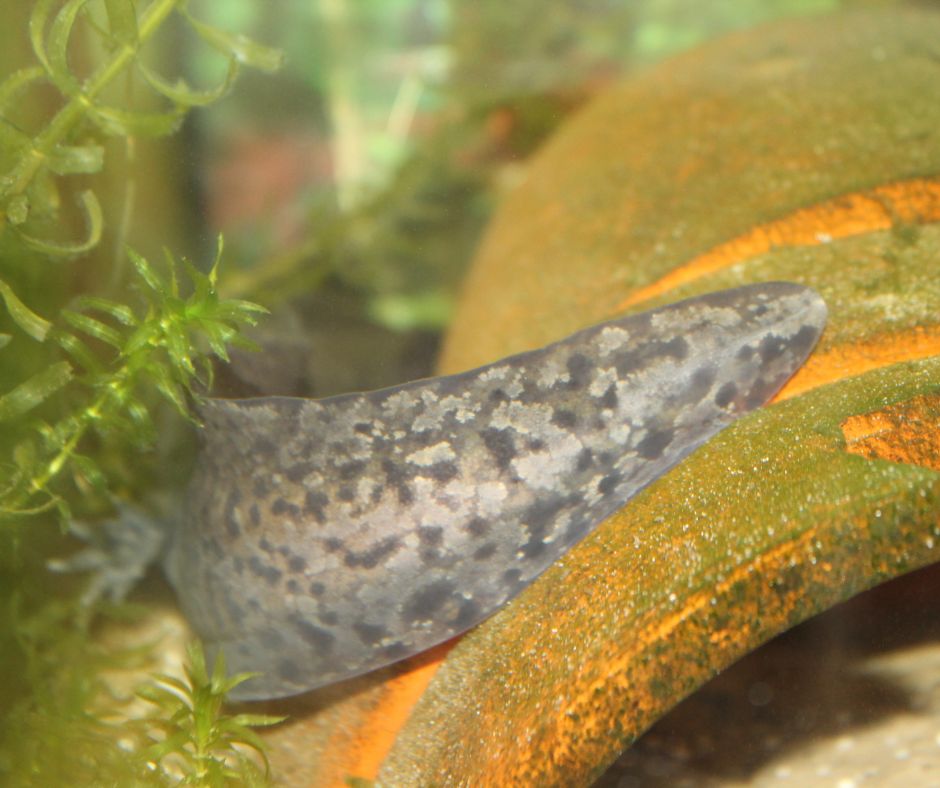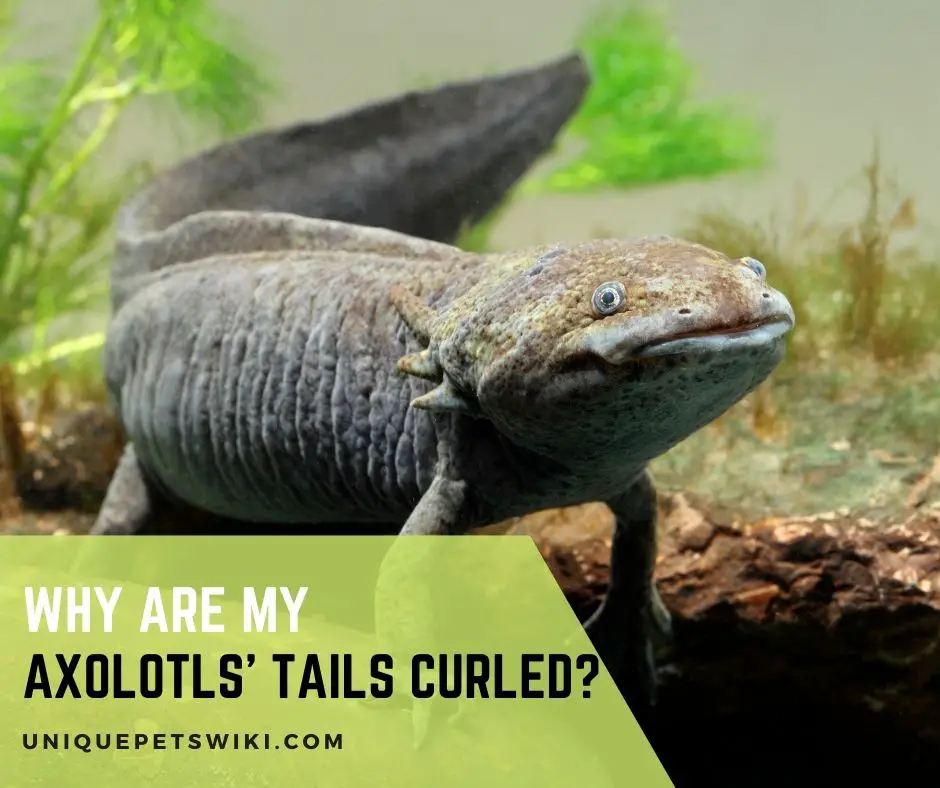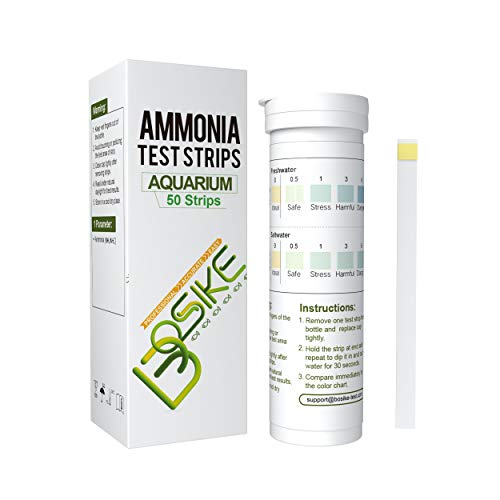Axolotls are susceptible to various problems such as bacterial infections, fungus, lethargy, and stress.
They are unable to verbalize the problem they are experiencing, yet they exhibit a variety of signs and symptoms that indicate the underlying problem.
So, Why Are My Axolotls’ Tails Curled? Axolotls can have problems due to a variety of circumstances, including poor water quality in tanks, low nitrogen levels, and issues during water changes.
The causes and reasons for an axolotl’s curled tail will be discussed in this article. The article will also educate you on how to recognize the signs and symptoms that indicate if your axolotl is happy or stressed.
You’ll also learn what to do if an axolotl becomes stressed or unhappy.
Contents
Why Are My Axolotls’ Tails Curled?
The curled tail of an axolotl indicates stress and illness. Stress can be caused by poor water quality, aggressive tank mates, noises, and high levels of ammonia, nitrates, and nitrites in the tank.
Axolotls prefer to live alone or in groups of other axolotls. A large number of small fish in a tank, on the other hand, can induce stress.
Examine your axolotl’s curled tail to see if he’s suffering from a bacterial or fungal infection. If the axolotl is in good health, bad tank parameters could be the source of stress.
So, examine the tank environment and keep the flow of water calm because axolotl love to live in calm water.

Stressed or Unhappy Axolotl
The constant curling of the tail is due to stress. When axolotls are stressed, their nervous system induces muscle contractions, which causes the axolotl tail to contract and curl. Only the tip of an axolotl’s tail curls when it is stressed or unhappy.
Axolotls thrive in tanks where they have the dominant position over other species. When kept with other large fish, axolotls become stressed and develop curled tails.
Another source of stress and unhappy axolotls is an imbalanced nitrogen cycle and a lack of nutrition.
BEGONDIS 23 Pcs Aquarium Decorations Fish Tank Artificial Green Water Plants
- STARTER KIT - Set up your fish tank/bowl in 1min. Your fish will love it!
- 23 PIECES PER PACK --- 10*artificial seaweed, 10*small plants, 3*resin ornament.
- NATURAL ENVIRONMENT --- your lovely pet betta or other smaller fish would be super happy to go in and out the ornament, rest, hide, play, breed.
- HIGH QUALITY MATERIAL --- Using high quality material, good for both freshwater or saltwater environments.
- GORGEOUS COLOR --- The Life-like BEGONDIS soft plastic water plant is made from a vibrant bright color. The color will not fade.
Last update on 2022-12-29 / Affiliate links / Images from Amazon Product Advertising API
Illness
The common signs of illness in axolotls are forward curled gills, loss of appetite, white patches on the skin, curled tail, discoloration of gills, and floating on the surface of the water.
When the tank has a high quantity of ammonia and nitrates Axolotls’ gills begin to deteriorate, making it difficult for them to breathe and filter oxygen.
Fungal infections and ammonia burns are very common in axolotls. They occasionally get respiratory problems as a result of the tank’s poor water quality.
When you see any of these symptoms or illnesses, the first thing you should do is check the water parameters to see if they are suitable for axolotls.

Do You Need to Worry If Axolotl Curled Tail?
The curled tail with discolored gills indicates chronic stress and illness, therefore you should be concerned about your pet’s health.
When you see an axolotl with a curled tail, you should check and adjust the water parameters in the tank, such as the flow of water, ammonia level, PH, and species density.
Wrapping Up:
Any small alteration in the tank’s water parameters can lead the axolotl to get stressed and develop major health problems.
Bad water conditions in the tank might cause deteriorating gills, skin patches, and curled gills in axolotls. As a result, normal levels of ammonia, nitrogen, nitrates, water flow, and PH in the tank must be maintained.
BOSIKE Aquarium Test Strips 6 in 1,Water Test Kit for Freshwater, Fish Tank
- When to Use: A new aquarium should be tested at least 3 times a week until the ammonia level measures 0 parts per million (ppm) or mg/L. In established aquariums, ammonia should be tested at least 1 time a week to make sure it is at a safe level
- Fast & Accurate: Remove one test strip from bottle and replace cap tightly. In order to get more precise and standardized results, please repeat the water dip continuously within 30 seconds and finally compare immediately to the color chart
- Widely Applicable: These strips are widely used for Tropical Fish Tank ,Breeder Tank, Pond, Betta Tank, Shrimp Tank and other water aquarium. Suitable for both freshwater & saltwater
- Extended Longevity: Test strips for pool are packaged in a well-sealed bottle to ensure they can be stored for 2 years. It is the perfect way to keep your aquarium or pond healthy and look vigorous
- Safe Money & Stress: Test your aquarium water easy at home - save time, money, and avoid hassle while knowing with confidence your aquarium water is balanced and safe
Last update on 2022-12-30 / Affiliate links / Images from Amazon Product Advertising API


